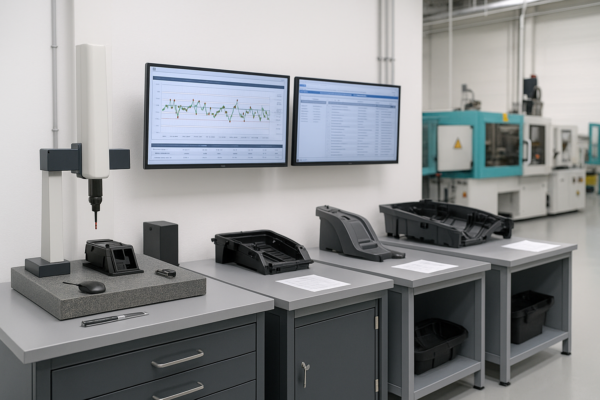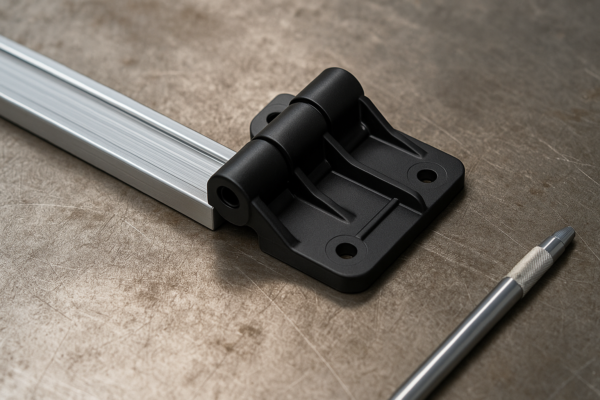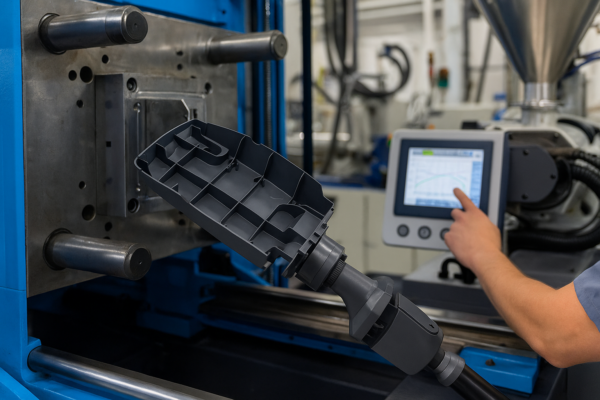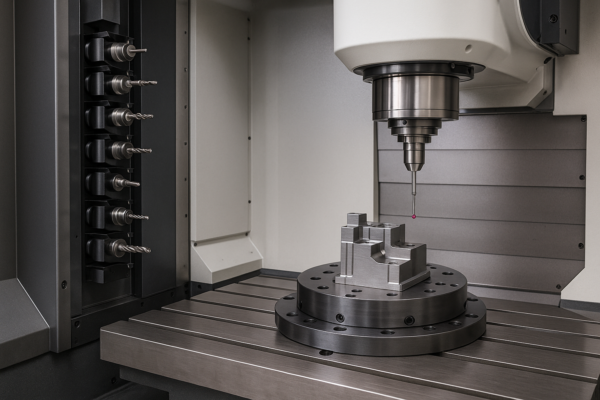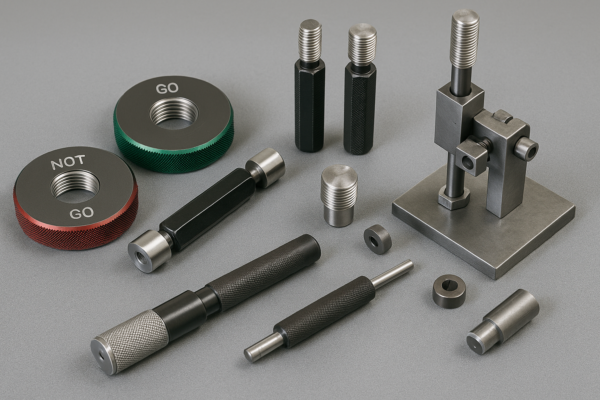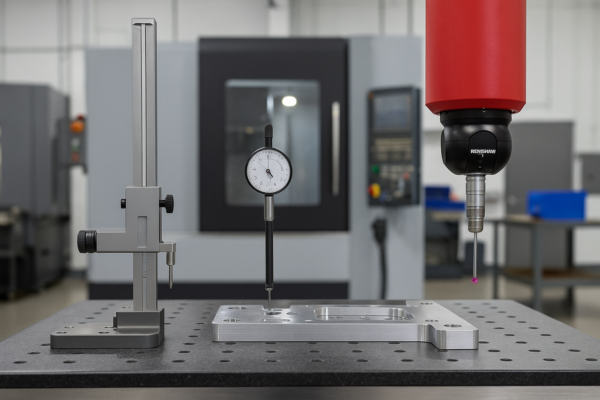The Ultimate Guide to Metal Forging: Types, Applications & Benefits
Metal forging is a versatile manufacturing process that shapes metal under high pressure, enhancing its mechanical properties. This guide will explore different forging techniques1, the importance of precision forging2, the right material choices, and the benefits of professional forging services.
Metal forging produces components with superior strength and durability, making it crucial for industries ranging from automotive to aerospace. Understanding the various forging methods1 can help you select the best process for your project.
metal forging process examples
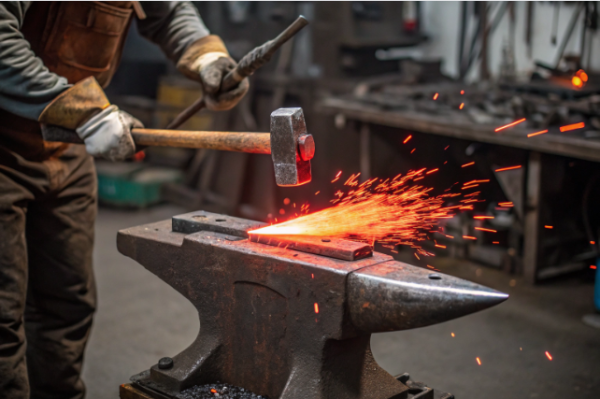
Understanding Different Forging Techniques – Die forging, free forging, rolling forging, open/closed die, superplastic.
There are several forging techniques1 available, each suited for different applications based on the desired results and production needs2.
Die Forging
Die forging1 involves shaping metal between two dies. This can be either open die or closed die. Closed die forging creates precise, complex parts, while open die forging is better for simpler, flat-shaped2 components. This technique is commonly used in the automotive and aerospace industries for connecting rods, gears, and other precision parts.
Free Forging
Free forging1 is a more traditional method where a piece of metal is struck and shaped using hammers or presses. No dies are used, so it’s suitable for making bulk parts or one-off custom components. Free forging1 is often used in manufacturing prototypes2 or specialized parts.
Rolling Forging
Rolling forging1 involves rolling the metal between rollers to produce long, flat pieces or seamless rings. This technique is ideal for producing axles, springs, and other long, tubular components. It’s particularly useful in the automotive industry2.
Open/Closed Die Forging
Open die forging creates simple, flat-shaped parts without using dies, while closed die forging1 creates precise, complex parts using dies. Closed die forging is more common, especially for high-volume production in the automotive and aerospace industries.
Superplastic Forging
Superplastic forging1 uses specific techniques to make metal extremely malleable at elevated temperatures. This allows for the creation of complex shapes with minimal stress. It’s widely used in the aerospace industry2 for turbine blades and other high-strength components.
Why Precision Forging Matters – Key industries and performance advantages.
Precision forging1 is crucial in industries where component performance2 and reliability are paramount. This process ensures precise dimensions and mechanical properties, reducing machining and improving product lifespan.
Key Industries
- Aerospace1: Precision forgings are used in components like turbine blades, engine components, and landing gear.
- Automotive2: Critical components such as connecting rods, gears, and crankshafts are precision-forged for reliability and performance.
- Medical: Implants and instruments require precise forgings for compatibility and safety.3
Performance Advantages
- Aerospace1: Precision forgings are used in components like turbine blades, engine components, and landing gear.
- Automotive2: Critical components such as connecting rods, gears, and crankshafts are precision-forged for reliability and performance.
- Medical: Implants and instruments require precise forgings for compatibility and safety.3
Choosing the Right Material – Steel, aluminum alloy, titanium, copper.
Choosing the right material for your forging project1 is critical. Here’s a quick guide to help you select the best material2.
Steel
- Good for: High-strength applications1; automotive and aerospace components like gears, shafts, and engine parts.
- Variants: Carbon steels (1045, 4140)2 for general use, alloy steels (4340, 300 series) for high-strength requirements.
Aluminum Alloy
- Good for: Lightweight applications1; automotive and aerospace parts; manufacturing components like engine brackets, suspension arms.
- Variants: 6000 (6061) and 7000 (7075) series for their strength and corrosion resistance2.
Titanium
- Good for: High-performance applications1; aerospace and medical components; biomedical implants and turbine components.
- Benefits: Exceptional strength-to-weight ratio2, high-temperature capability, and biocompatibility.
Copper
- Good for: Electrical and thermal conductivity1; plumbing fittings, electrical components, and heat exchangers.
- Variants: Brass for corrosion resistance2, bronze for wear resistance.
professional forging service facility
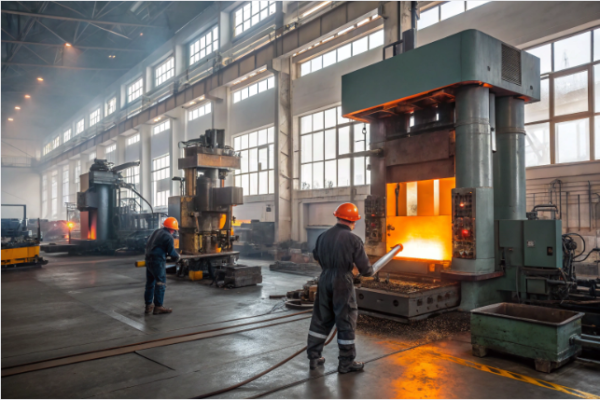
Benefits of Professional Forging Services – Strength, durability, cost-effectiveness.
Partnering with professional forging services1 ensures high-quality components2 that meet your exact specifications. Here are some key benefits of professional forging services1.
Strength
- Material properties: Professional services use precise temperature and pressure controls1 to achieve the best grain structure and mechanical properties.
- Uniformity: Strict quality controls2 ensure consistent results across all batches.
Durability
- Long-term performance: Components produced through professional forging have enhanced wear resistance1 and fatigue life.
- Reduced maintenance: High-strength2 components require less frequent maintenance and replacement3.
Cost-effectiveness
- Efficiency: Professional services utilize advanced equipment and techniques1 to minimize material waste and reduce machining costs.
- Volume discounts2: Large volumes often qualify for better pricing and economies of scale.
- Quality savings: High-quality forgings reduce the need for extensive post-forging machining, saving both time and money.
Conclusion
Metal forging1 is a critical process for creating strong, reliable components. By understanding the different forging techniques2, the importance of precision forging3, and the right material choices, you can ensure your project meets the highest standards. Professional forging services provide the expertise and equipment needed to deliver high-quality, cost-effective components that meet your specific requirements.
-
Explore this resource to gain insights into advanced techniques and best practices in metal forging, ensuring high-quality results. ↩ ↩ ↩ ↩ ↩ ↩ ↩ ↩ ↩ ↩ ↩ ↩ ↩ ↩ ↩ ↩ ↩ ↩ ↩ ↩ ↩ ↩ ↩
-
Exploring this resource will deepen your understanding of various forging methods, enhancing your project outcomes. ↩ ↩ ↩ ↩ ↩ ↩ ↩ ↩ ↩ ↩ ↩ ↩ ↩ ↩ ↩ ↩ ↩ ↩ ↩
-
This link will explain the significance of precision forging, ensuring your components meet the highest quality standards. ↩ ↩ ↩ ↩

